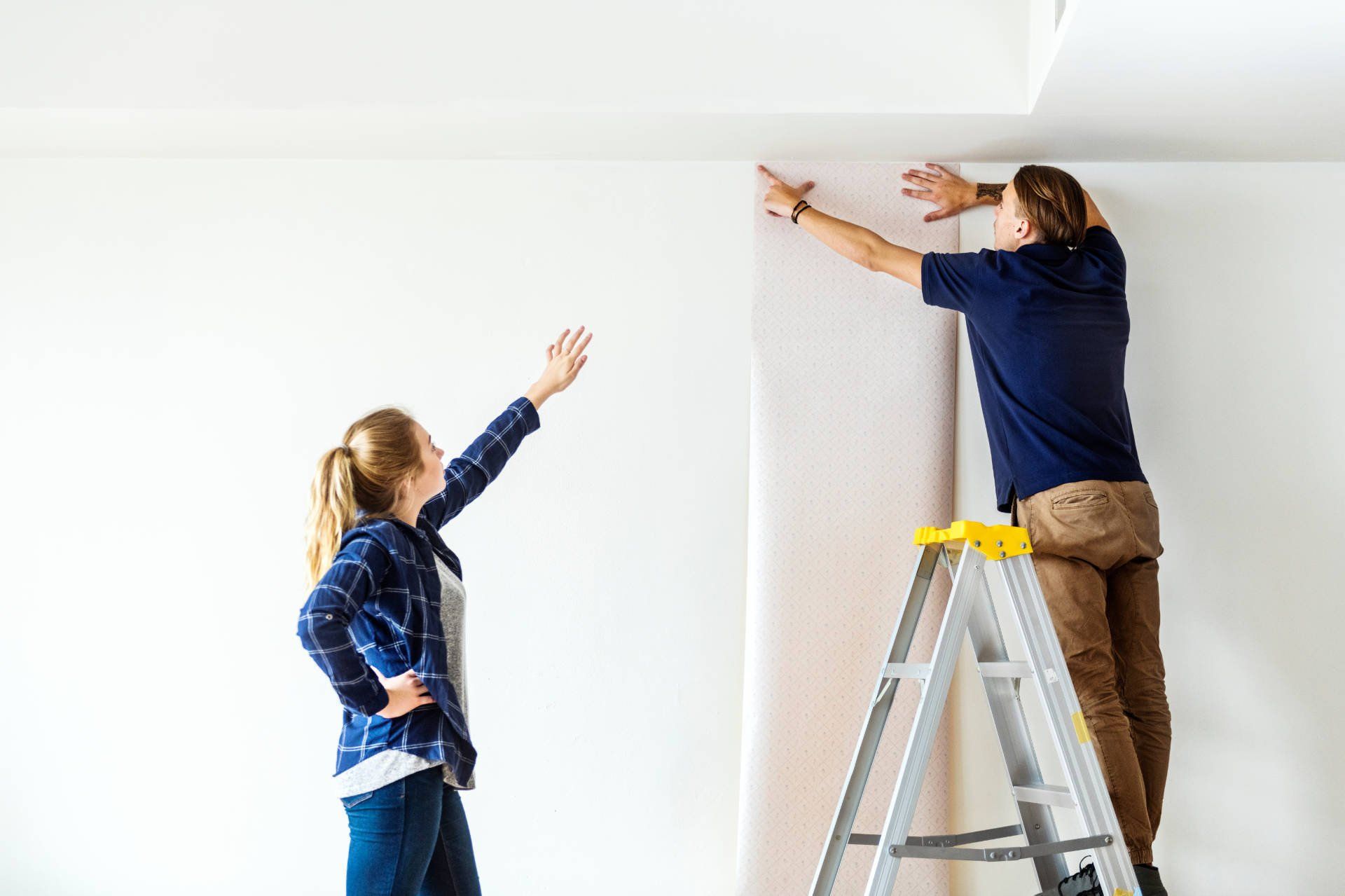Home Updates that Could Lower Your Insurance
Lower Your Insurance and Update Your Home

Insuring your Long Beach rental property is necessary to protect your investment. Every insurance company's costs and coverage is different which means it is essential to contact your insurance agent before you commit to any changes in your rental property that you would expect could lower your rates. Your insurance agent should let you know what discounts are available and could be applied to your Long Beach rental property.
If you are wondering what property upgrades could lower your insurance rates consider the following:
Home Security System
Modern technology has made securing your Long Beach rental easier and more affordable. Many home security systems connect directly to your mobile phones and computers. There are plenty of options for security systems from traditional ones like ADT to modern, consumer friendly companies such as SimplySafe or Cove which are known to have flexible payment options, no contracts and customizable systems.
Keep in mind that home security systems are more common for a single family home personal residence. A tenant may not want to pay for the service so you as a landlord may want to opt for a security system to keep both your property and your tenant safe.
Leak Detection System
A leak detection system monitors water flow through a pipeline, until irregular behavior is detected. The system cuts off the water to the property by closing a valve inside the leak detector. Preventing major leaks and water damage to your Long Beach rental property. Many modern units can be connected to smartphones and tablets, notifying you if there are any abnormalities within your water flow even when you're not home.
Leak detection systems can sell on average for $500 - $2,000 depending on what system is being installed.
MOEN
and
LeakSmart are great examples of smart leak detectors with automatic water shut off. Hiring a plumber is recommended to install the system which can add an additional cost of $200 - $500, but can prevent thousands of dollars in damages if a leak goes unchecked.
Replacing your Roof
Roofs are the first line of defense from weather in a home and may be the biggest impact on your insurance. Regular inspections of your rental properties roof’s condition is recommended once every 3 years for newly finished roofs. Or every year if it's nearing its 20 year lifespan. If you are unsure of the age of the roof, it is recommended you do yearly inspections. If you begin to notice the condition of the roof faltering, replacing the rental property roof with a new roof can prevent water damage in the home and could lower your insurance rates drastically.
Smart Home Technology
Some insurance companies may offer policy credits and discounts if your rental has smart home devices installed. Ask your insurance agent if installing smart home devices in your Long Beach rental qualifies for said discounts. Aside from discounts a “smart home” offers valuable security when incorporating smart locks, security cameras and gas or water leak detectors. Making “smart home” upgrades a great investment which can save on insurance.
Upgrading Wiring, and Plumbing
Many single family homes in Long Beach CA were built in the 1940’s making the home systems outdated for modern living. Replacing aging plumbing can reduce the chance of water leaks or sewage leaks which can be expensive and leave an off putting odor. Older homes sometimes use aluminum wires or knob and tube wiring which are exposed wires running through the attic and within walls. Over time the insulation on the wires begins to falter which can lead to electrical fires. A great rental property electrical upgrade to reduce this risk is a partial or full rewiring of the property. Modern copper wires can help reduce and prevent these kinds of accidents. Electrical fires and water damage being two of the most frequently filed homeowner insurance claims.
If you have any questions about other updates or you need a referral for an insurance agent who is familiar with rental properties we invite you to call us at (562) 888-0247 or feel free to fill out our
free rental analysis to see what your rental could yield today.





